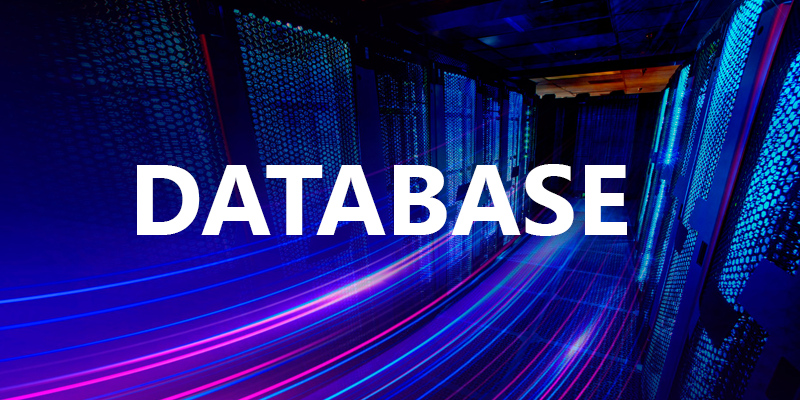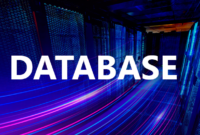What is DATABASE ?
COLLECTION OF ORGANIZED DATA (OR) COLLECTION OF RELATED DATA (OR) COLLECTION OF INTER-RELATED DATA
Database:
A Database consists of some collection of persistent data that is used by the application systems of some given enterprise.
Or
A Database is a collection of related data.
Why Database:
The advantages of a database system over traditional, paper-based methods of record-keeping will perhaps be more readily apparent in these examples. Here are some of them.
- Compactness: No need for possibly voluminous paper files.
- Speed: The machine retrieve and change data far faster than a human can. In particular, ad hoc. Spur-of –the moment queries (e.g. “Do we have more Zinfandel than Point Noir?”) can be answered quickly without any need for time-consuming manual or visual searches.
- Less drudgery: Much of the sheer tedium of maintaining files by hand is eliminated. Mechanical tasks are always better done by machines.
- Currency: Accurate, up-to-date information is available on demand at any time.
The database system provides the enterprise with centralized control of its data.
The Database Management System
The database management system (DBMS) is the software that handles all access to the database
HISTORY:
The first general purpose DBMS was designed by Charles Bachman at General Electric in early 1960’s and was called the integrated data store.
It formed the basis for network data model, which was standardized by Conference On Data Systems Languages(CODASYL) and strongly influenced data base systems through the 1960’s.
In 1970 ,Edgar Codd ,at IBM’s San Jose research laboratory, proposed a new data representation frame work called the relational data model.
Database Systems versus File Systems:
File-processing system is supported by a conventional operating system. The system stores permanent records in various files and it needs different application programs to extract records from, and add records to, the appropriate files. Before database management systems (DBMSs) came along, organizations usually stored information in such systems.
Keeping organizational information in a file-processing system has a number of major disadvantages.
- Data redundancy and inconsistency
- Difficulty in accessing data
- Data isolation
Because data are scattered in various files, and files may be in different formats, writing new application programs to retrieve the appropriate data is difficult.
- Integrity Problem
The data values stored in the database must satisfy certain types of consistency constraints. For example, the balance of a bank account may never fall below a prescribed amount (say, $25). Developers enforce these constraints in the system by adding appropriate code in the various application programs. However, when new constraints are added, it is difficult to change the programs to enforce them.
- Atomicity problems
A Computer system, like any other mechanical or electrical device, is subject to failure. In many applications, it is crucial that, if a failure occurs, the data be restored to the consistent state that existed prior to the failure.
- Concurrent-access anomalies
- Security problems
Not every user of the database system should be able to access all the data.



